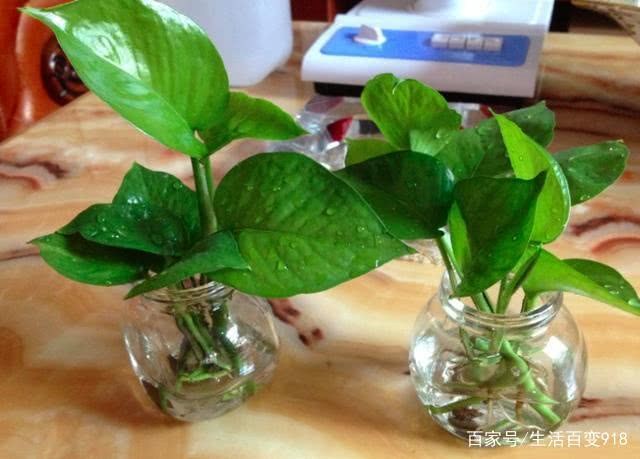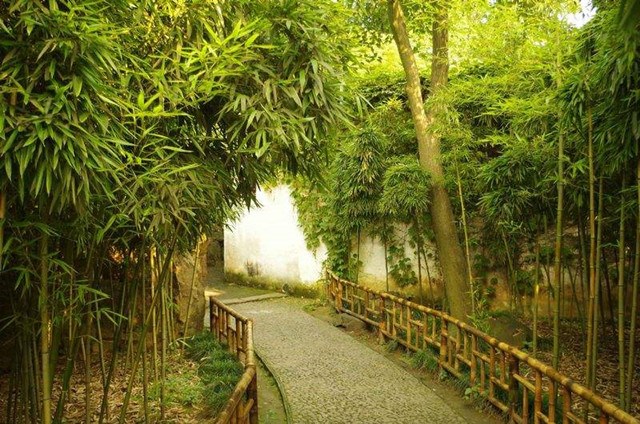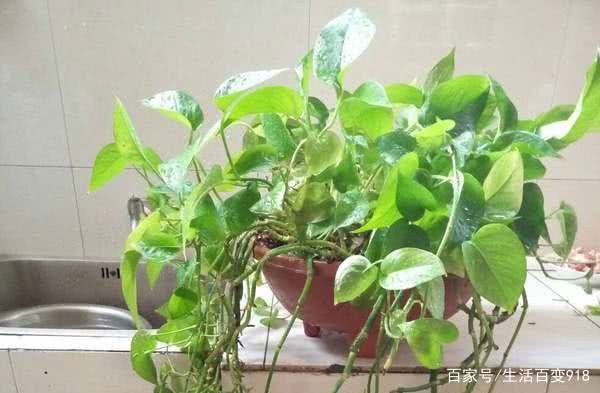Keeping an eye on these points can prevent the rotting roots of plants.

In many cases, due to negligence in management, plants either die from lack of water or drown because of too much water. Plants are often easy to cause rotten roots due to uncontrolled watering, improper fertilization and poor management. if we can make an accurate diagnosis in the early and middle stages of rotting roots, and take effective measures, we can avoid the death of some plants. Through observation, plants can be managed effectively:
Take a look at the potted soil. In the summer and autumn festival, the deformed flowers and trees were watered once a day in sunny weather, and the basin soil was checked at the same time the next day. If the basin soil was dry and white, the root system was deformed; if it was not seen that the basin soil was dry and white, it was still in a moist state. It clarified that the root of the plant had produced rotten roots; if it was still moist after 2 or 3 days, most of the animal's roots had rotten.
Second, look at the leaf color. If there are several pots of flowers and trees of the same variety and put them together, if it is found that the leaves of one of them are green and gray-red, the leaves of the plants are probably wilting, and the lower leaves are probably yellowing and shedding in large quantities during the leaf-changing season. it shows that the nutrient fibrous roots of the plants are rotten due to stagnant water, fertilization or excessive drought. no, no, no.
Look at the leaf shape. The leaves of potted flowers and trees are longitudinally wrinkled and normal, and it also shows that the root system of the plant has rotted, which is important in the fleshy root varieties, such as orchid, Zhengren orchid and so on. Because the root system of the lower nutrients is rotten, the parts of the leaves adjacent to it can not get the proper water and nutrition, which restricts the development and even shrinks, and develops differently, resulting in the longitudinal folds and normality of the leaves. Although this kind of environment does not cause the death of the plant, it will also affect the abnormal development and play of the plant.
Look at the tip of the leaf. Some varieties of flowers and trees will become scorched at the front of the leaves after they have been planted for a period of time. There are two reasons for this kind of environment. First, because the root tip of the plant stretched against the basin wall and watered under the premise of high air temperature and soil temperature, the department of nutrient utilization efficiency of fleshy root was damaged and corrupted, so that water and nutrients could not be transported to the leaf tip and excited the necrosis of the leaf tip. Another kind of environment is that the pot is large and the plant is small, and the pot soil is in a state of stagnant water for a long time, resulting in root end corruption, loss of nutrient effect, and yellowish-brown patches on the center or edge of leaves.
Five, by the touch. Some flowers or stumps, such as five-needle pine, cypress, Luohan pine, orchid, camellia and so on, can quietly touch their leaves with their hands when they are found to be abnormal in color, and can be decisive with their hands. For plants whose leaves are not vibrant due to root rot, the feeling of fingertips is boring, warm and hot, without the wet and cold feel of abnormal leaves.
When it is determined that the plant produces rotten roots, the following rescue steps should be taken: remove the plant from the flowerpot, remove the core soil, find the rotten root, cut the rotten root from its base with hinge shears, and then disinfect the wound with 0.1% potassium permanganate solution. Or apply clean plant ash to the wound, and then change the pot or plant it. When the wound and root system are damaged in the basin or under the ground, the wound and root system should be filled with clean wet sand and covered with clean planting soil to promote the initiation of new roots at the wound. When changing the basin, the branches and leaves should be pruned intensively, and 80% or 90% of the branches and leaves should be cut off occasionally to ensure their survival. In the process of plant restoration and development, it is necessary to keep the basin soil wet, spray water to the dry branches, put an end to fertilization, and do not let the basin soil get caught in the rain, so as to prevent the roots from rotting again.
Through the above points, you can effectively solve the symptoms of rotting roots.
- Prev

Where do you plant what flowers? Courtyard feng shui
What kind of flowers are planted in the courtyard? The folk are also fastidious. Proverb 1: Qianlan Hougui court peony, Yingmen pine, bamboo and plum are resistant to cold. The creeper on the shadow wall, in front of the doors and windows of the golden chrysanthemum. Prickly plum is not in court, remove cloves and leave golden orchid.
- Next

Green pineapple must be raised in this way in order to grow well.
Nowadays, there is a lot of common sense about green pineapple, and the prevalence rate of green pineapple is also quite high. Masters all know that green pineapple is easy to raise, but how to grow green pineapple grows fast and barren, many flower friends actually do not understand it, and green pineapple is kept for a long time.
Related
- Wuhan Hospital Iron Tree Blooming Result Was Instantly Frightened by the Gardener Master
- Which variety of camellia is the most fragrant and best? Which one do you like best?
- What is the small blue coat, the breeding methods and matters needing attention of the succulent plant
- Dormancy time and maintenance management of succulent plants during dormancy
- Minas succulent how to raise, Minas succulent plant pictures
- What are the varieties of winter succulent plants
- How to raise succulent plants in twelve rolls? let's take a look at some experience of breeding twelve rolls.
- Attention should be paid to water control for succulent plants during dormant period (winter and summer)
- Watering experience of twelve rolls of succulent plants
- Techniques for fertilizing succulent plants. An article will let you know how to fertilize succulent plants.

